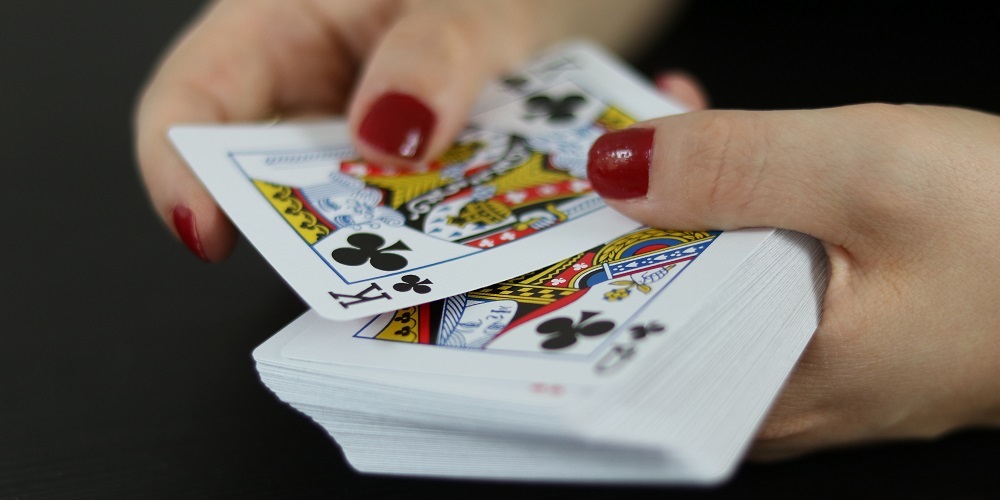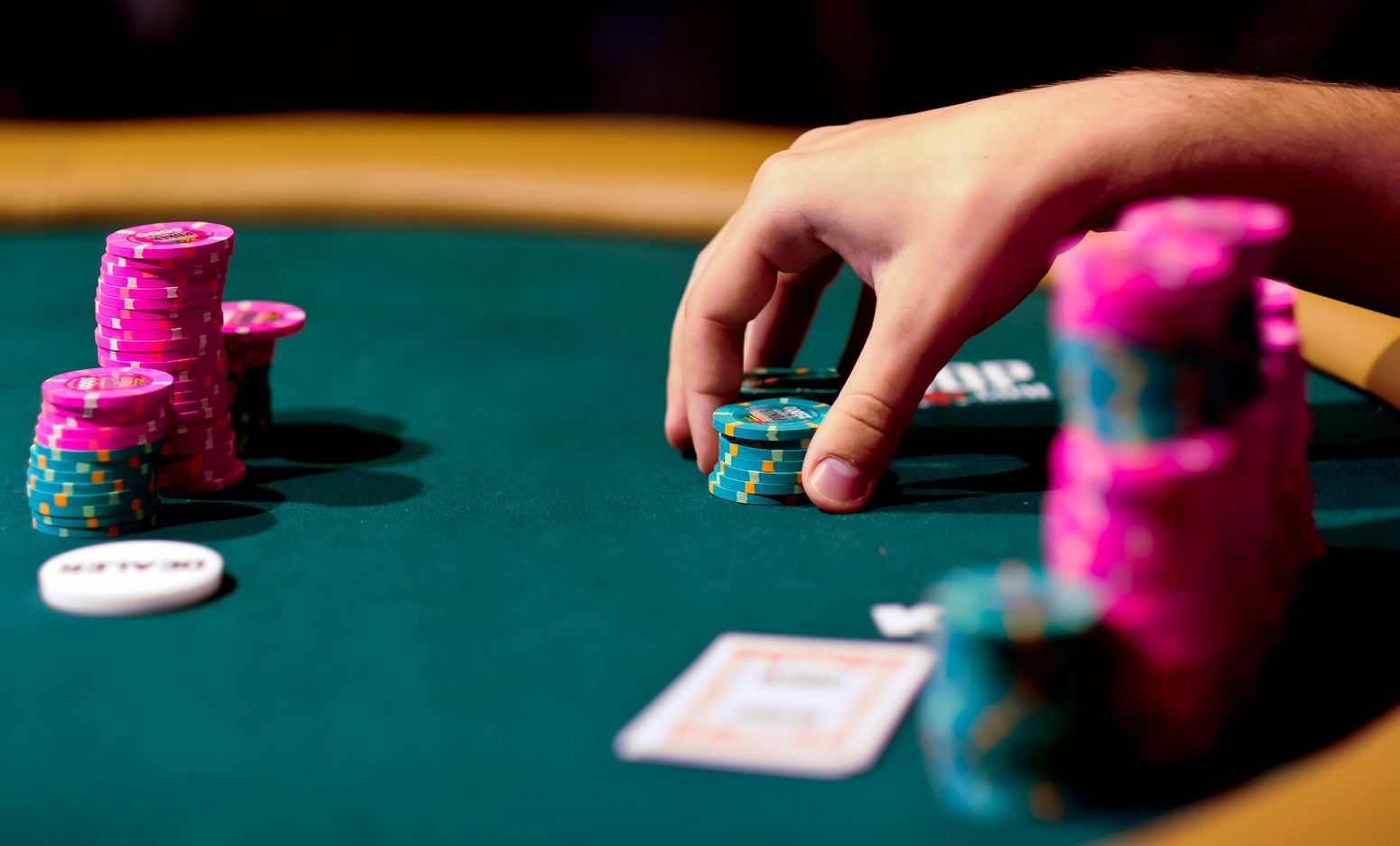

Dry poker: what is a dry poker table?

The concept of "dry poker" or
"dry flop" in poker is something that can raise more than one
eyebrow. Because we are talking about a term related to texture, and if
we don't know what texture is we will hardly understand what a dry poker table
is.
When we talk about texture, we refer to a word
that refers to the way in which the community cards are exposed and the
way they look and are perceived. It is usually applied to the flop, but it is
not exclusive to the flop.
Knowing the texture of the flop can help
us when making decisions regarding our hand: do we fold, do we fold, do we
fold, do we fold, do we call, or is it better to go all-in? All this is
something that can be measured by texture.
The texture of the table will depend on the
projects that the community cards allow, that is to say, on the possibilities
of play depending on what the flop and the subsequent streets give.
Dry poker table: what is
it?

This ability to measure the texture of the
table and the possibilities offered by the community cards has a direct
impact on our decision making. If we do not measure the texture of the table,
it is impossible to decide with criteria.
To know the possibilities, we have with our
player cards, we must measure the texture of the table. If we have little or no
chance, we are talking about a dry poker table. On the other hand, if it offers
play and lends itself to action, we speak of a wet flop or wet tables.
Dry tables are those in which, due to the
characteristics of the community cards, it is impossible for any player to have
been able to bind a project, something that can happen when there are no cards
connected on the flops. This allows us to intuit what the opponents have
been able to achieve (or not), allowing us to make a complete reading of
the table. A dry table indicates that there is a high probability that the
opponents have junk hands.
But wet tables are different. They lend
themselves to action, but we are not necessarily talking about good or bad
cards. We're talking about community cards that connect in such a way that they
provide excellent opportunities to hit flush draws or straights.
Dry board, dry pot and dry
flop: are they the same?

Now that we know what a dry flop and a wet flop
are, let's go deeper into this question. A dry board is a dry table, which
refers to a board that prevents draws or only allows a few very
exceptionally. A dry table is synonymous with a flop because they have the same
consequences. If the flop does not offer possibilities, the table in general
will not either.
A dry pot is a side pot with little money. We
talk about "side pots" to refer to those pots created by
players who go all-in and the rest of the active players continue playing the
hand.
The dry pot occurs when a player who has few
chips bets all-in, and several of the opponents see the bet with the intention of eliminating
the one who plays with fewer chips (known as "short-stacked"). They
can also see the hand to continue playing it, but in a pot on the sidelines.
How to analyze the texture
of the flop

To determine the texture of the flop, you need
to look at three basic aspects: the number of cards of the same suit,
how connected these cards are and how many high cards are on the table.
Taking into account how many cards of the same
suit there are, it is possible to elucidate if there is any possibility of a
flush draw on the flop. Two cards or more of the same suit is a bad sign
if we have managed to tie a good play, but we have no cards of that suit.
Knowing how connected the cards are allows
us to analyze if there is any chance of hitting flush draws or if there is
any draw already completed.
Knowing how many high cards are on the table,
we can know how much the opponents like to play with these cards. The
more cards you jump on the flop, the higher the probability that one of the
opponents has connected.
How to play on a dry flop?

A dry flop is the best way to rob a tight
player. For this kind of players, a dry flop is a double-edged sword because,
when they are inexperienced, they tend to find themselves in a compromising
situation when they are facing a dry board and play with high
combinations or medium pairs. Unless they are very experienced, it is usually
easy to leave them out of the hand because playing tight is a handicap that
works against them at a dry poker table.
When the flop goes well, they are players who usually
do not measure the potential of their cards and do not squeeze all the
possibilities that the hand offers them, not getting all the profitability they
could.
A dry flop almost always favors players with
high pairs because there is a very high probability that they will remain on
top throughout the hand and maintain their position of strength, as well
as because players who have not tied may end up out of the hand on the flop
precisely because they see the lack of possibilities of their cards.
You may also like

What is a bomb pot in poker?
Bomb pots have become very popular thanks to the new American game modes and have made their way to the cash game tables, turning everything upside down and showing players that it was possible to...

Leverage in poker: what to take into account
Within all the poker terminology, there are concepts that either have been inherited from other sectors, or have been invented within the poker world itself to refer to a play that needed to be coi...

Cheating and collusion in poker
Every game, whether it is a card game or a table game, is susceptible to cheating by the participants. Some are easily identifiable and others not so easily identifiable, as is often the case in on...













